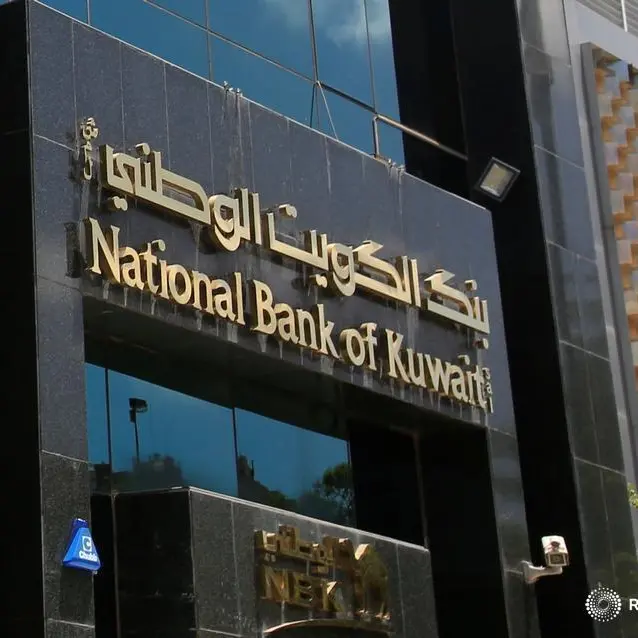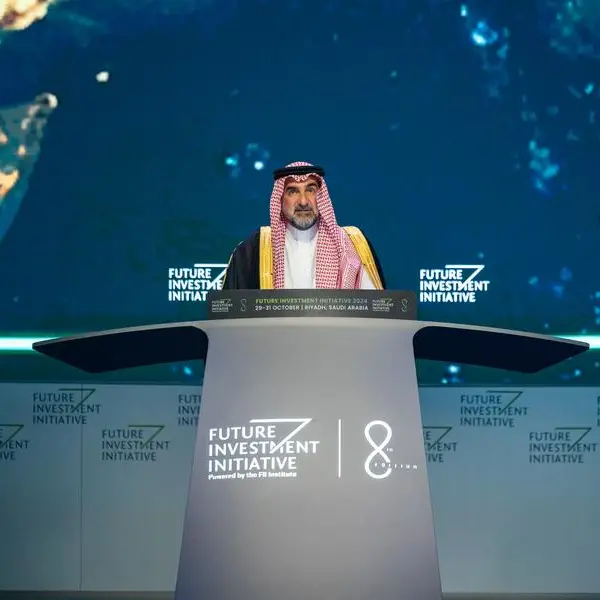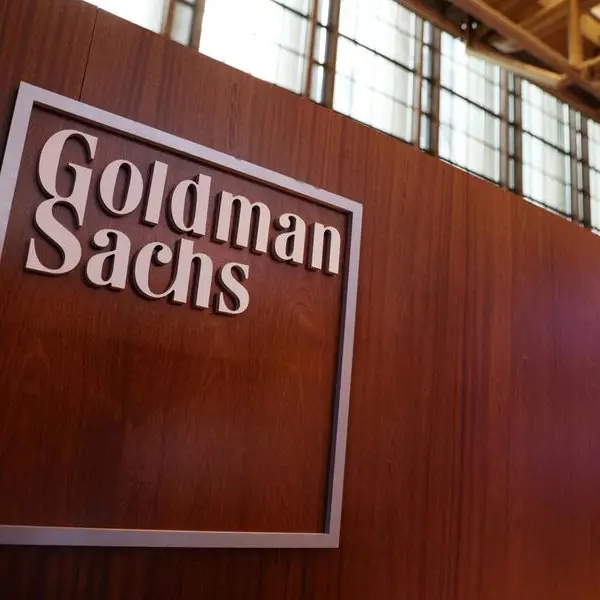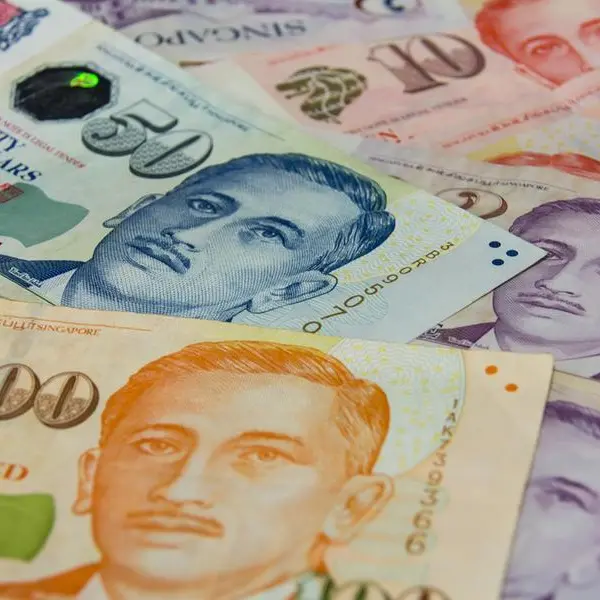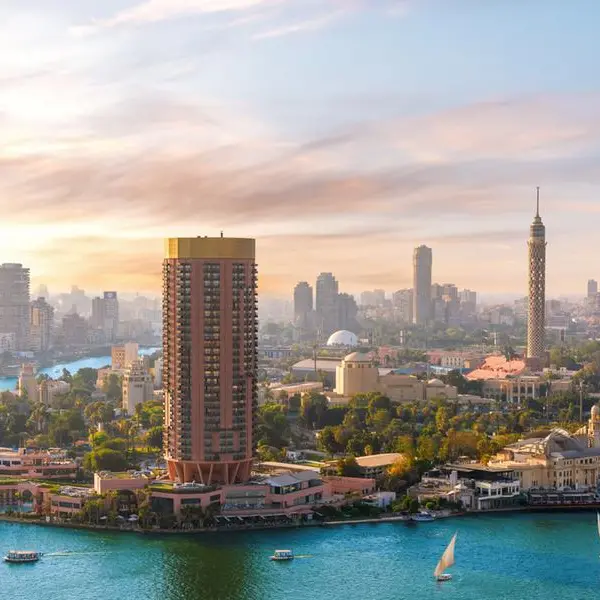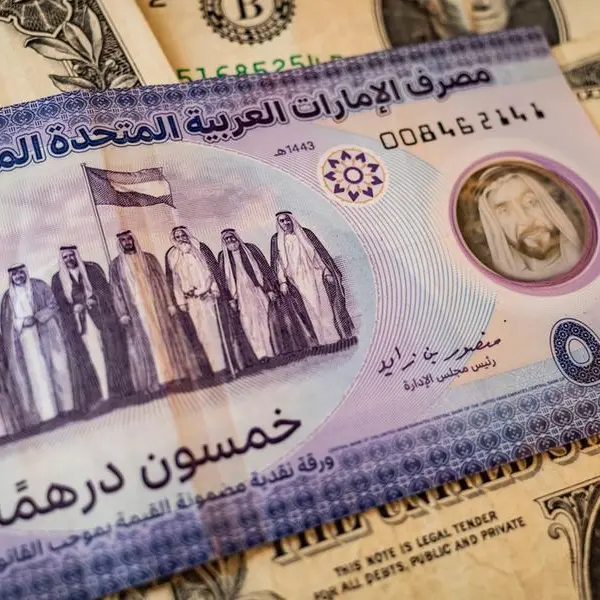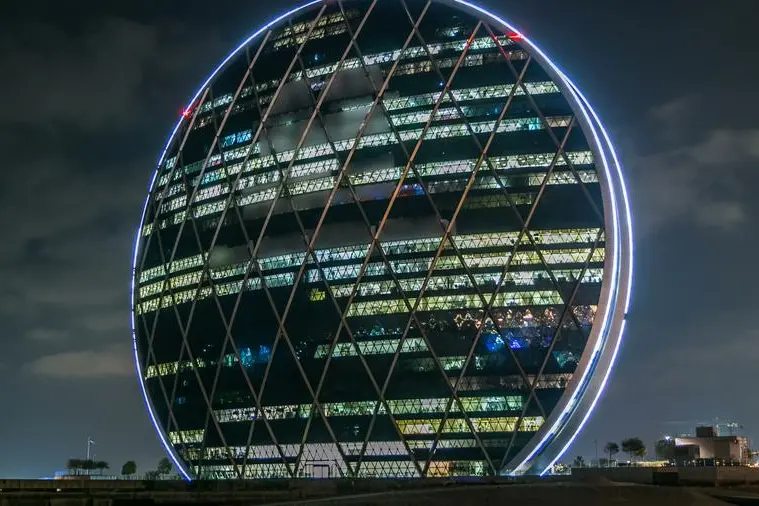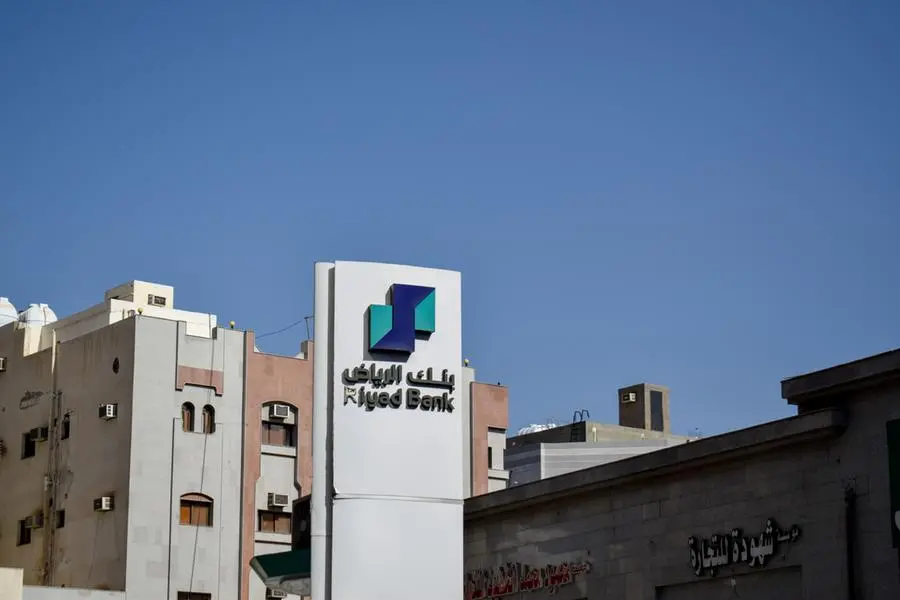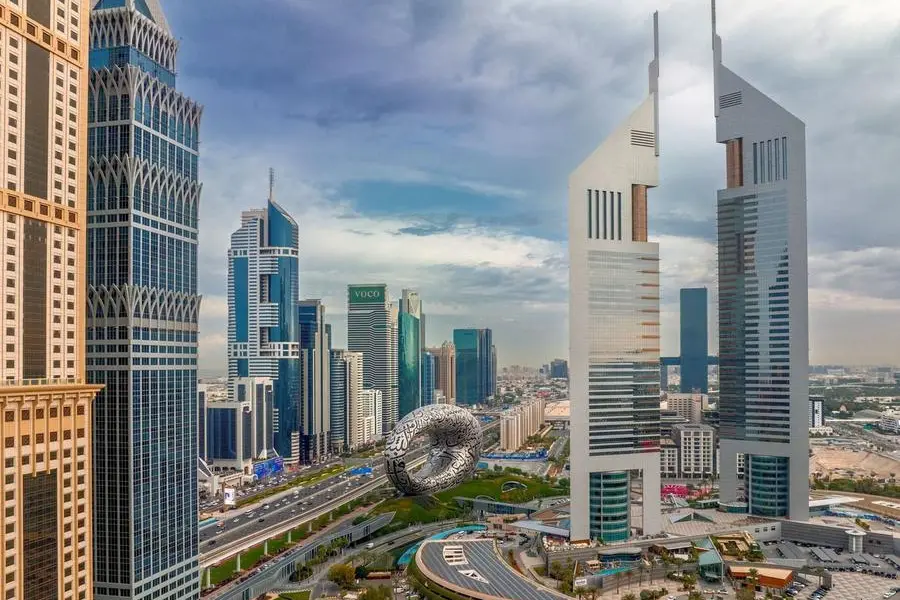PHOTO
A lack of regulatory and institutional frameworks has deterred Gulf governments and corporations from deploying sustainability-related finance, although recent actions by Saudi Arabia’s sovereign wealth fund and the UAE’s largest bank could spur wider take-up of green bonds and loans.
Green investments in six major Gulf industries agriculture and food, construction, power, transport, water, and waste management – could have a “profound impact” by 2030, contributing up to $2 trillion in cumulative GDP and creating more than 1 million jobs, consultants Strategy& predict in a 2022 report.
Green finance, although relatively undeveloped in the Gulf will be crucial to diversify the region’s economy and halt a longstanding decline in foreign direct investment relative to GDP, the report notes.
“Middle East companies generally haven't been on the leading edge of green finance due to a lack of a regulatory or institutional framework,” said Jeffrey Beyer, Managing Director of Zest Associates, a UAE-based sustainability consultancy.
“Those frameworks are really important to give everybody confidence in the market and have been slow to develop. The Gulf also relies less on foreign direct investment than other regions, so attracting environmentally conscious investors from Europe and the U.S. has been a lower priority. The demand-side push for green instruments has been smaller.”
Yet that is changing. In February, Saudi Arabia’s Public Investment Fund published its green finance framework ahead of issuing green bonds, sukuk, loans and other debt instruments to fund “eligible green projects” that meet principles specified by various international bodies.
Eligible categories include renewable energy, energy efficiency, sustainable water management, pollution prevention and control, green buildings, and clean transportation. Saudi’s government has also said it will issue green bonds.
“We're at this tipping point moment when the real heavyweights will enter the market. In the past year, the rate of growth of green finance in the Middle East has outpaced global growth,” said Beyer.
“There needs to be a real motive, a real push to drive green finance adoption. If you're able to raise capital and have no trouble obtaining good interest rates, there's not much incentive to develop a green bond framework. With interest rates increasing globally, the capital flow into the region may slow and it could become more competitive to get finance. That would encourage companies to develop these frameworks.”
UAE institutions lead the Gulf in green finance. This year, First Abu Dhabi, the UAE’s largest bank by assets, has issued a 500-million-euro five-year green bond as well as its third green bond denominated in Swiss francs. The latest, for 200 million francs, has a four-year tenor.
Abu Dhabi’s government-controlled Sweihan PV Power Co, which owns and operates the emirate’s Noor Abu Dhabi solar power plant – the world’s largest of its kind - issued a $700.1 million green bond in January.
Other notable initiatives include Dubai-based mall owner Majid Al Futtaim (MAF) selling $500 million in perpetual green hybrid bonds in June, while in April state-run Aluminium Bahrain (Alba) refinanced a $1.25 billion syndicated loan tied to sustainability-linked targets. The loan’s interest rates will vary according to three performance indicators that include the amount of solid waste the company recycles.
Sustainability-linked loans
Beyer believes sustainability-linked loans could soon surpass green bond issuance in the Gulf. The first of such loans were issued around 2018, but last year overtook green bonds in value terms globally.
“In order to qualify for sustainability-linked loans or bonds, you must set meaningful targets and then hit those targets,” said Beyer. “To be meaningful, targets ought to be science-based and measurable and the penalties for failing should be painful.”
Green bonds involve third-party assurances by auditors to verify issuers have met lenders’ terms. As such, the costs involved and time required to issue them is far higher than for conventional instruments, which can deter would-be issuers.
“That’s why issuances are always in the hundreds of millions, because raising a small bond isn't worth it in many people's opinion,” said Beyer.
Gulf capital markets remain in their infancy, constraining the development of green finance, Strategy& wrote, urging governments to privatise sustainable investment assets and create a pan-Gulf stock exchange. Of the $800 billion of green bonds issued in 2021, just 0.3% were from the Middle East, according to Strategy&.
“To capitalize on the opportunity in green bonds, governments need to craft regulations and establish tax and other incentives for capital providers,” Strategy& wrote.
Also needed are standardised, comprehensive and transparent reporting systems for finance, the consultants claim.
“Green bonds and green investments will have a particular role to play in helping companies shrink their carbon footprint,” added Beyer. “More so than in other regions because hydrocarbons remain so foundational to the overall economy.”
(Reporting by Matt Smith; editing by Seban Scaria)

